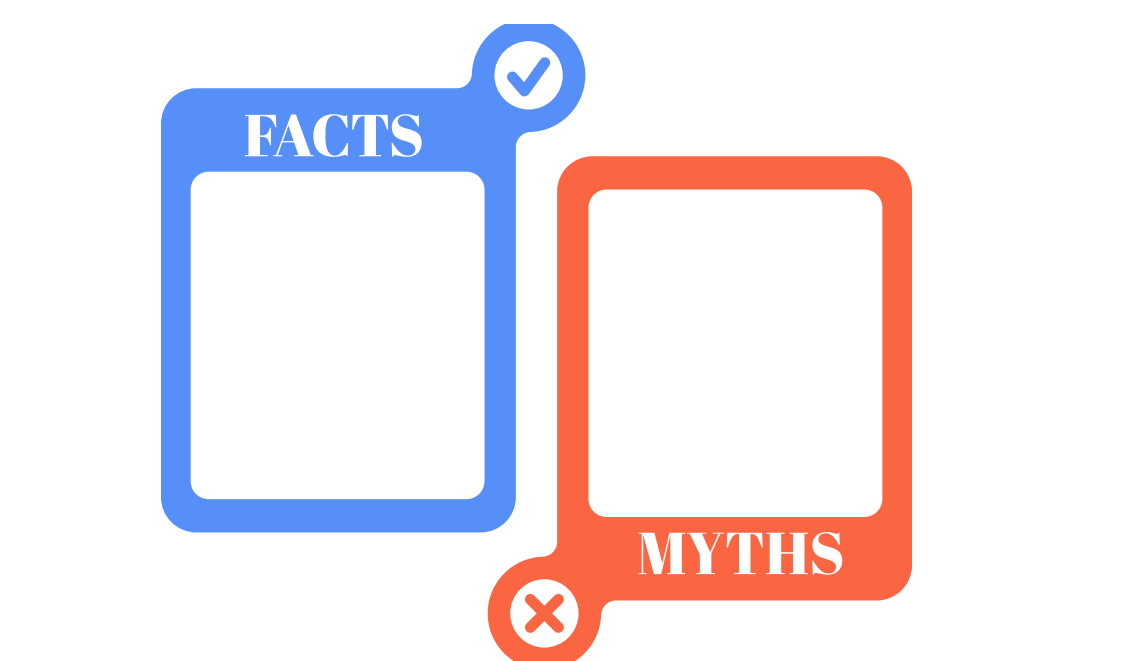Infographics have taken over the news and social media, but it is time to confront the reality. These flashy graphics do more harm than good. Sure, they are easy to read, shareable and are often aesthetically pleasing. However, their widespread use contributes to performative activism, oversimplification of complex issues, misinformation and desensitization. These are not just minor inconveniences, they fundamentally alter how we understand and engage with critical issues.
Performative activism is one of the most glaring problems with the infographic trend. How many times have you seen someone post an infographic on their Instagram story and call it a day? This is activism at its shallowest, where the sharing becomes a substitute for genuine engagement. Posting a colorful graphic might make one feel socially conscious, but let’s be honest. It does nothing to drive real change. Real activism demands time, effort and often personal sacrifice. Infographics, on the other hand, allow people to claim they care without lifting a finger beyond their smartphone screen. Even worse, they aestheticize injustice, turning serious issues into a trendy backdrop for one’s social media persona. This trivializes the struggles and suffering that these issues represent, reducing them to mere content to be consumed and discarded.
“Some people post [infographics] as a way to look like a good person rather than taking active steps to aid the situation,” junior Elisabeth Roche said.
Then there is the issue of oversimplification. Infographics are notorious for boiling down complex topics into a few catchy lines and pretty pictures. Climate change, systemic racism and economic inequality are not issues that can be summed up in a handful of bullet points. Yet, that is exactly what infographics do. They reduce intricate, multifaceted problems into overly simplistic narratives that can mislead more than they inform. When people form opinions based on these shallow representations, we all suffer. Important discussions are stifled and critical thinking is replaced by surface-level understanding.
On the other hand, some students appreciate the way infographics present information.
“I think infographics condense information in a way that allows me to take in data or main concepts more efficiently when organized well,” senior Lindsey Nemeth said.
While this is a valid point, it does not negate the fact that oversimplification often leads to misunderstanding and a lack of depth in conversations about critical issues.
Misinformation is another ticking time bomb within the world of infographics. Crucial details and context often get left behind in the rush to make information digestible and shareable. Sometimes, this is just sloppy work, but other times, it is intentional. Infographics can be manipulated to push particular agendas or to sensationalize topics, leading to widespread dissemination of false or misleading information. The viral nature of these graphics means that once misinformation is out there, it spreads like wildfire. In an age already plagued by fake news, the last thing we need is another tool for spreading half-truths and outright lies.
Desensitization is the silent but deadly consequence of consuming serious issues in bite-sized, visually appealing formats. When we repeatedly encounter grave topics in the form of infographics, we start to become numb to their significance. Instead of recognizing the urgency and gravity of these issues, we scroll past them as just another piece of content in our endless feeds. This desensitization leads to apathy, a dangerous mindset where one becomes less likely to care or take action. When serious issues are reduced to just another graphic, their impact is diminished, and the call to action is lost.
Infographics may be a convenient way to consume information, but that convenience comes at a cost. They contribute to a culture where appearance often trumps substance, where being informed is less important than looking informed. It is time to question whether the rise of infographics is genuinely a step forward in how we share and consume information, or if it is dragging us backward into a shallow, superficial engagement with the world around us.
At Villanova, where critical thinking and a commitment to social justice are core values, we should be particularly wary of this trend. Awareness of the issues is not enough. We must understand them fully and be willing to engage deeply. The next time you come across an infographic, pause. Ask yourself if it is giving you the whole story, or just the part that is easy to digest. Challenge yourself to go beyond the surface, to seek out the whole picture and to take meaningful action rather than settling for the illusion of involvement.






